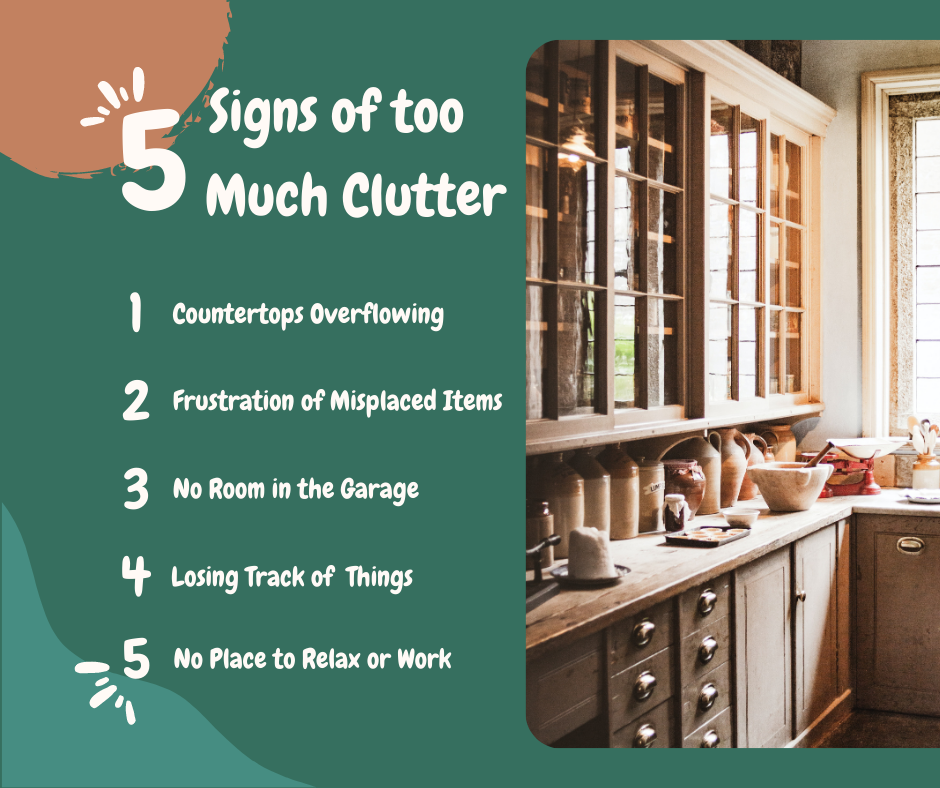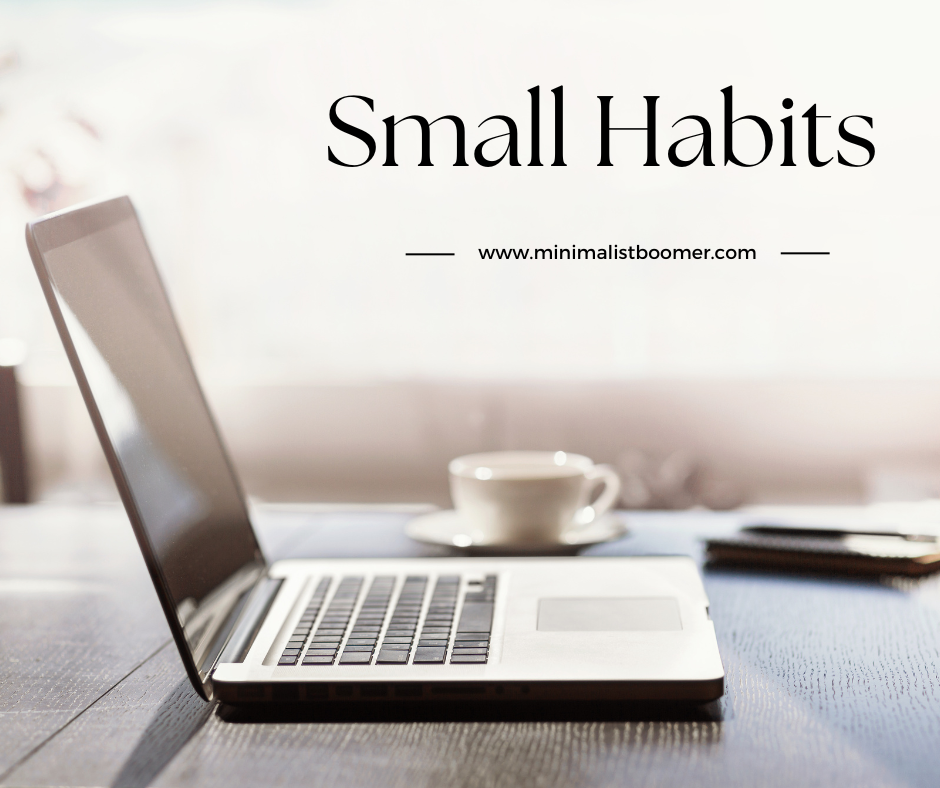Most of us love a good shopping spree, right? But sometimes, those fun trips to the mall lead us to a common problem: too much stuff and not enough space. Overflowing closets, packed garages, and cluttered countertops are some telltale signs that we’ve got more things than we know what to do with. Before we know it, our once cozy living spaces start to feel cramped and chaotic.
It’s high time we start to recognize the signs that it’s time to declutter and make room for what matters most. Here are five sure signs that may indicate you’re dealing with this common issue. It’s time to reclaim your space and your peace of mind.
1st Sign: Countertops Overflowing, Shelves Packed to the Brim
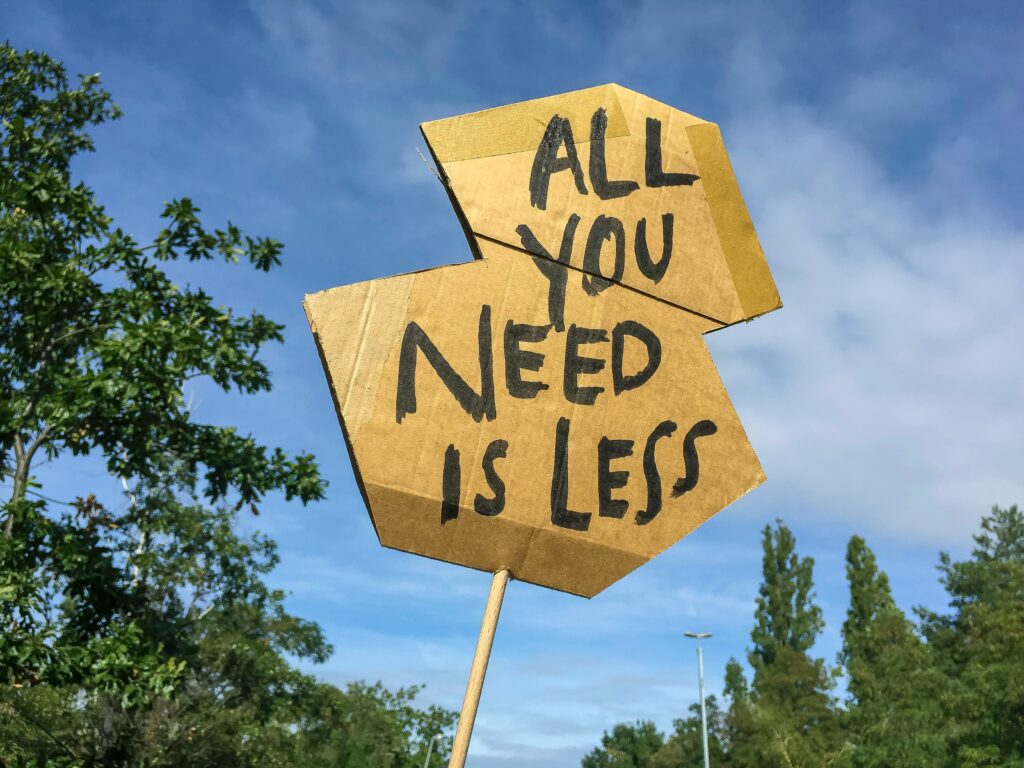
Is Your Kitchen Feeling Cluttered and Chaotic?
We’ve all been there – struggling to find space in our homes for the ever-growing collection of stuff. From old trinkets to the latest gadgets, it’s easy for clutter to take over. But how do you know when you’ve crossed the line from a little mess to an overwhelming amount of stuff? Well, here’s the first sign that you have too much stuff and not enough space.
Countertops Overflowing: A Clue to Chaos
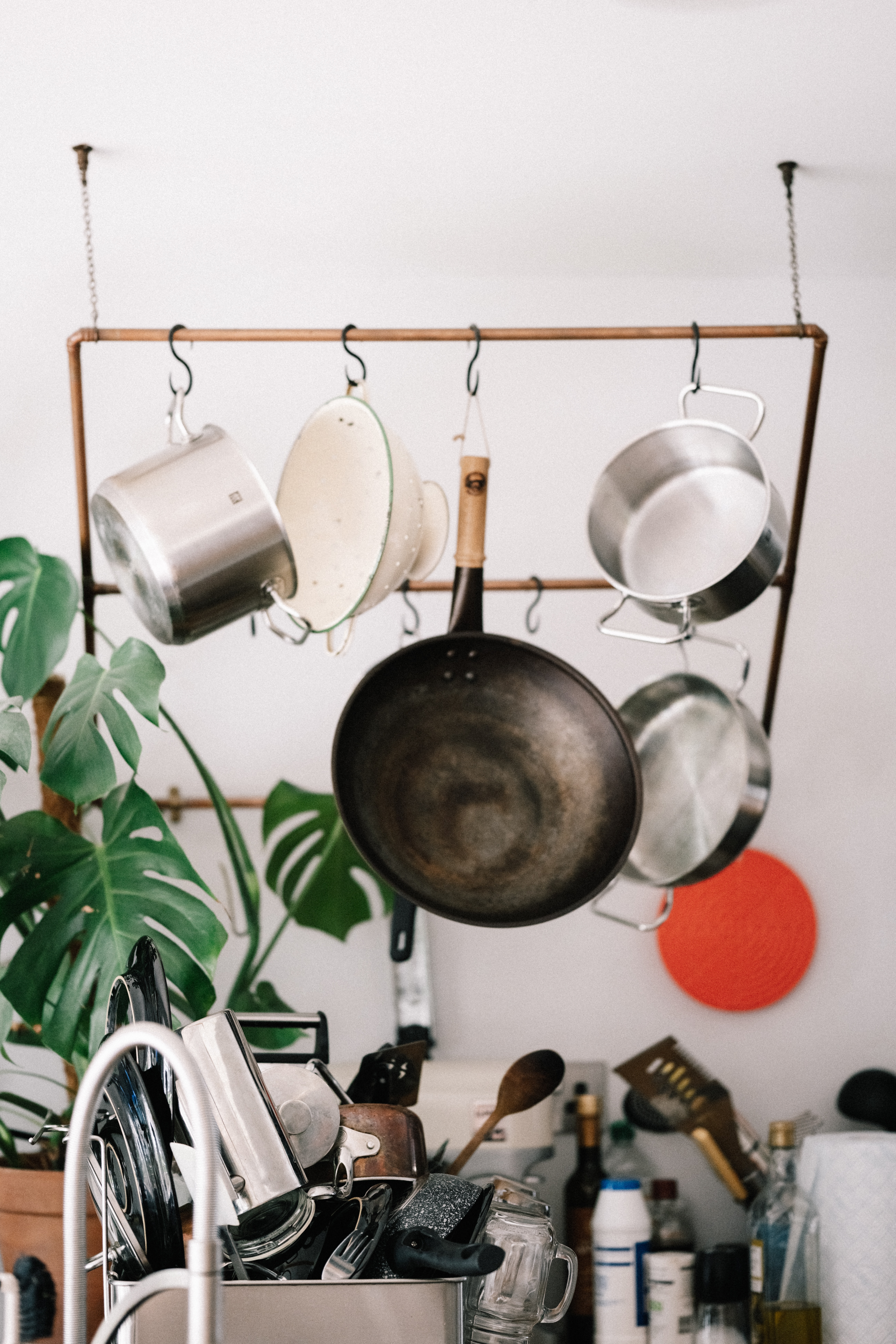
Take a moment and look at your kitchen countertops. Are they covered in a mishmash of appliances, utensils, and random odds and ends? If so, it’s a clear indication that you might have fallen into the trap of accumulating too much stuff.
When your countertops are cluttered and overflowing, it not only decreases the functionality of your kitchen but also adds unnecessary stress to your daily routine. Trying to prepare a meal becomes a challenge when you have to clear away piles of items just to find space to chop some vegetables. It’s time to reclaim your countertops and make your kitchen a more efficient space for cooking and gathering.
Shelves Packed to the Brim: No Room for Breathing
Now, let’s shift our attention to those shelves in your living room, bedroom, or home office. Do they look like they’re about to burst at the seams? If your shelves are crammed with books, knick-knacks, and trinkets, it’s a surefire sign that you’ve accumulated more stuff than you have space for.
When shelves are packed to the brim, it not only creates an overwhelming visual clutter but also makes it difficult to find and appreciate the items you truly love. It’s like trying to find a needle in a haystack. Plus, overcrowded shelves can become a safety hazard, with items teetering on the edge and the risk of things falling and causing damage.
Reclaim Your Space and Find Serenity
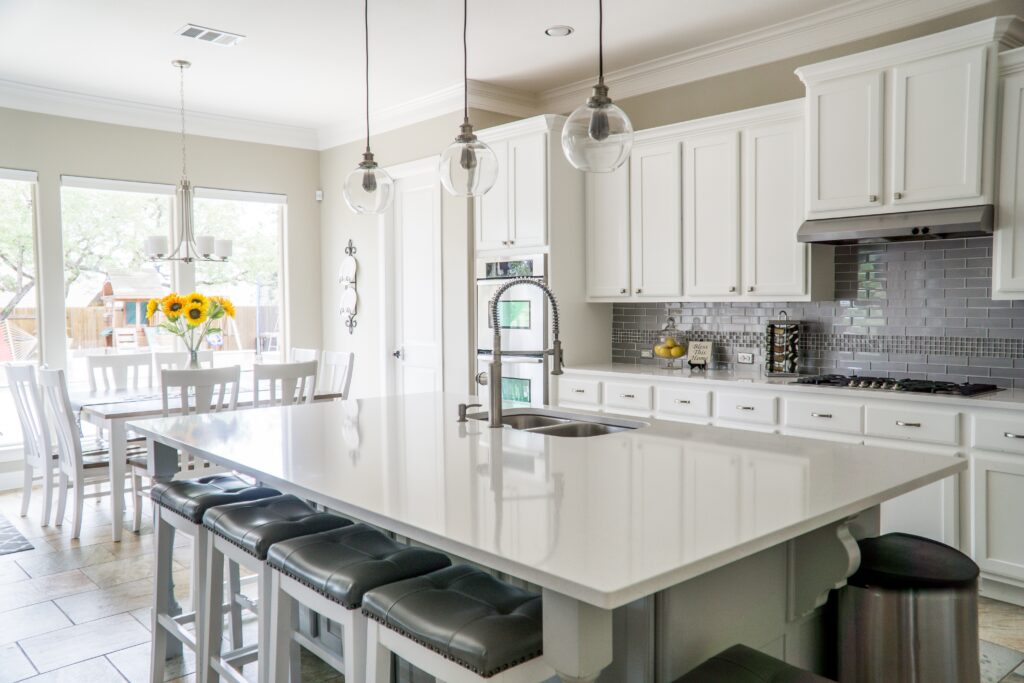
If your countertops are overflowing and your shelves are bursting, it’s time to take action and declutter. Start by evaluating each item and ask yourself: Do I really need this? Is it adding value to my life? If the answer is no, it’s time to let it go.
Consider organizing your kitchen countertops by creating designated spaces for frequently used items. Invest in storage solutions such as baskets or shelves to maximize vertical space and keep things tidy. As for those packed shelves, take a ruthless approach and donate or sell items that no longer serve a purpose or bring you joy.
By decluttering and creating more space in your home, you’ll not only reduce stress but also create an environment that promotes relaxation and productivity. Remember, less is more when it comes to maintaining a peaceful living space.
2nd Sign: Where Did I Put That? Searching for Hours
“Too much of anything is the beginning of a mess.”
— Dorothy Draper
Have you ever found yourself rummaging through piles of clutter, desperately searching for an item you know you have somewhere, but just can’t seem to locate? If this scenario sounds all too familiar, then you might be guilty of having too much stuff and not enough space.
The Frustration of Misplaced Items
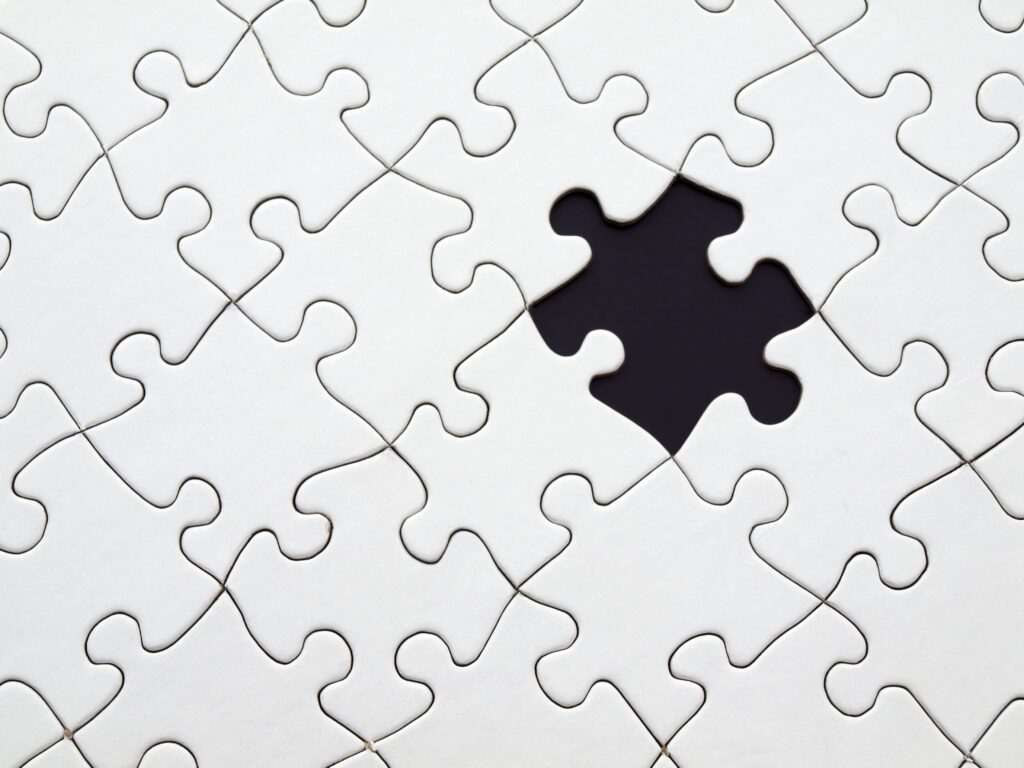
We’ve all experienced the frustration of misplacing things. Whether it’s your car keys, phone, or that important document you need for work, it can be incredibly exasperating to spend precious time searching for something that should have a designated spot.
Where Did I Put That?
One of the telltale signs that you have too much stuff is the constant struggle to remember where you put things. When your belongings are overflowing and disorganized, it’s easy for items to get lost in the chaos. You may find yourself retracing your steps, searching through drawers and cabinets, and even tearing your living space apart to find what you’re looking for.
Searching for Hours
The problem with having too much stuff and not enough space is that it often leads to hours wasted in search of misplaced items. Instead of being able to locate something quickly and efficiently, you find yourself on a wild goose chase, sifting through piles of clutter and becoming increasingly frustrated.
Think about the time you could save if everything had a designated place and was organized in a way that made sense to you. Imagine how much more productive and stress-free your life could be if you didn’t have to spend hours each week searching for misplaced items.
The Solution: Declutter and Organize

The good news is that there is a solution to this problem. By decluttering and organizing your living space, you can regain control over your belongings and free yourself from the frustration of constantly searching for misplaced items.
Start by sorting through your belongings and getting rid of things you no longer need or use. Donate or sell items that are in good condition but serve no purpose in your life. Once you have pared down your possessions, create designated spaces for each category of items. Invest in storage solutions such as shelves, bins, and organizers to keep everything in its place.
Not only will decluttering and organizing save you time and frustration, but it will also create a more harmonious and peaceful living environment. When your space is clear and free of excess stuff, you’ll find it easier to focus, relax, and enjoy the things that truly matter.
Remember, a clutter-free and organized living space is not just about aesthetics; it’s about reclaiming your time, reducing stress, and making your life more enjoyable overall. So, take the plunge and start decluttering today. You’ll be amazed at the difference it can make.
3rd Sign: No Room in the Garage, Cars Parked in the Driveway
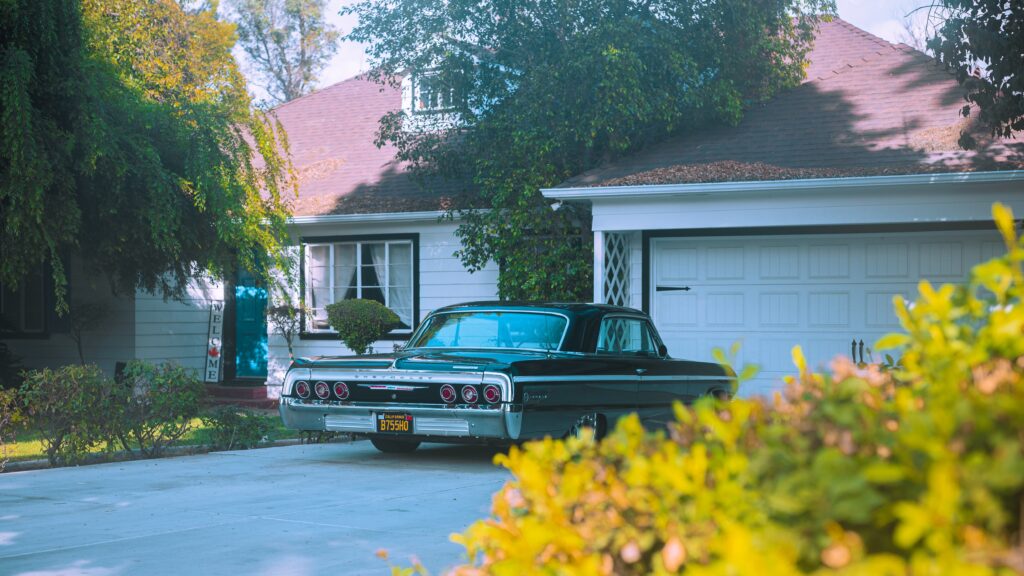
Is Your Garage More Like a Storage Unit?
Let’s face it, garages were designed to shelter our vehicles and provide a safe storage space for our belongings. But if you find yourself struggling to squeeze your car into a cluttered garage, it’s a clear sign that you have too much stuff and not enough space. It’s time to reclaim your garage and give your car the home it deserves.
The Forgotten Storage Haven
“The truth is most of us don’t have an organization problem; we have an own-too-much-stuff-problem.” — Zoë Kim
When was the last time you could walk through your garage without bumping into boxes or stumbling over misplaced items? If your garage has become a maze of disarray, it’s a sign that you’ve accumulated more belongings than your living space can handle.
Not only does this lack of organization make it difficult to find what you need, but it also poses a safety hazard. In case of an emergency, you want to be able to access your belongings quickly and safely. So why not turn your garage into a functional storage haven again?
Cars Exiled to the Driveway

Is your driveway more like a parking lot for your vehicles rather than an open space for activities? If you find yourself constantly maneuvering around parked cars just to get in and out of your own driveway, it’s a clear indication that your garage is not serving its intended purpose.
Not only does parking in the driveway expose your vehicles to the elements, but it also limits the available space for outdoor activities. Whether it’s a game of catch, gardening, or simply enjoying some fresh air, a clutter-free driveway can provide the open space you need to truly enjoy your home.
Reclaiming Your Garage
It’s time to take action and reclaim your garage from the clutches of clutter. Start by decluttering and organizing your belongings. Sort them into categories, such as keep, donate, or toss, and be ruthless in your decision-making. Remember, the more you let go of, the more space you’ll have for the things that matter.
Invest in storage solutions that make the most of your vertical space. Wall-mounted shelves, overhead racks, and pegboards can help you maximize the storage potential of your garage while keeping your belongings easily accessible. Don’t forget to label boxes and containers for efficient organization.
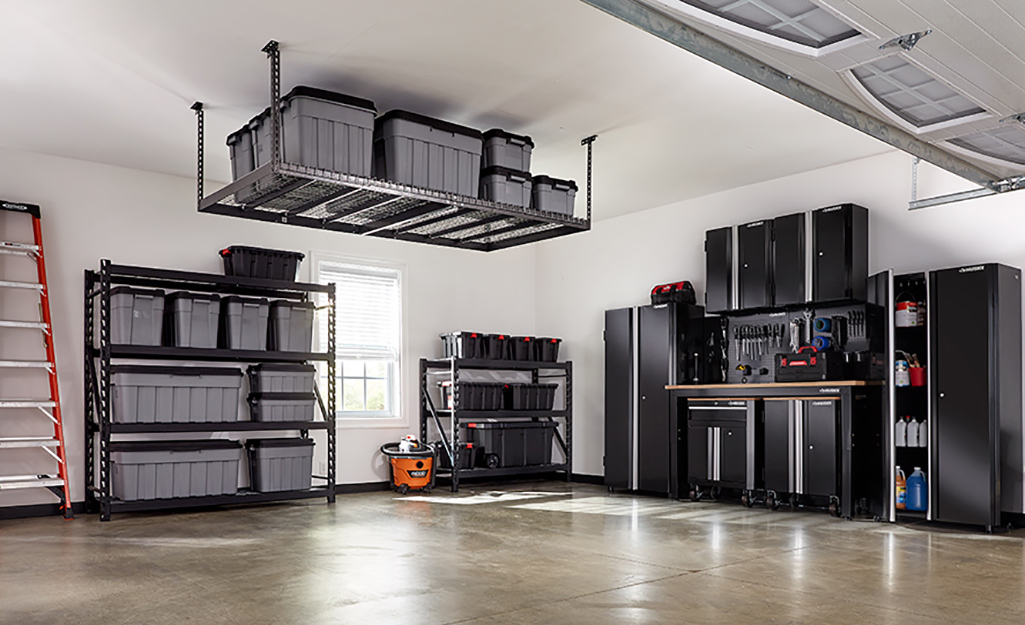
Make it a habit to regularly assess your storage needs and declutter as needed. Avoid the temptation to accumulate more stuff and instead focus on maintaining a minimalist mindset. By doing so, you’ll ensure that your garage remains a functional and clutter-free space for years to come.
4th Sign: Losing Track of Important Things, Spending Time and Energy Searching
Ah, the frustration of misplacing your keys or desperately rummaging through cluttered drawers in search of that one important document. If you find yourself losing track of important things and spending valuable time and energy searching for them, it may be a clear sign that you have too much stuff and not enough space.
The Lost and Found Fiasco
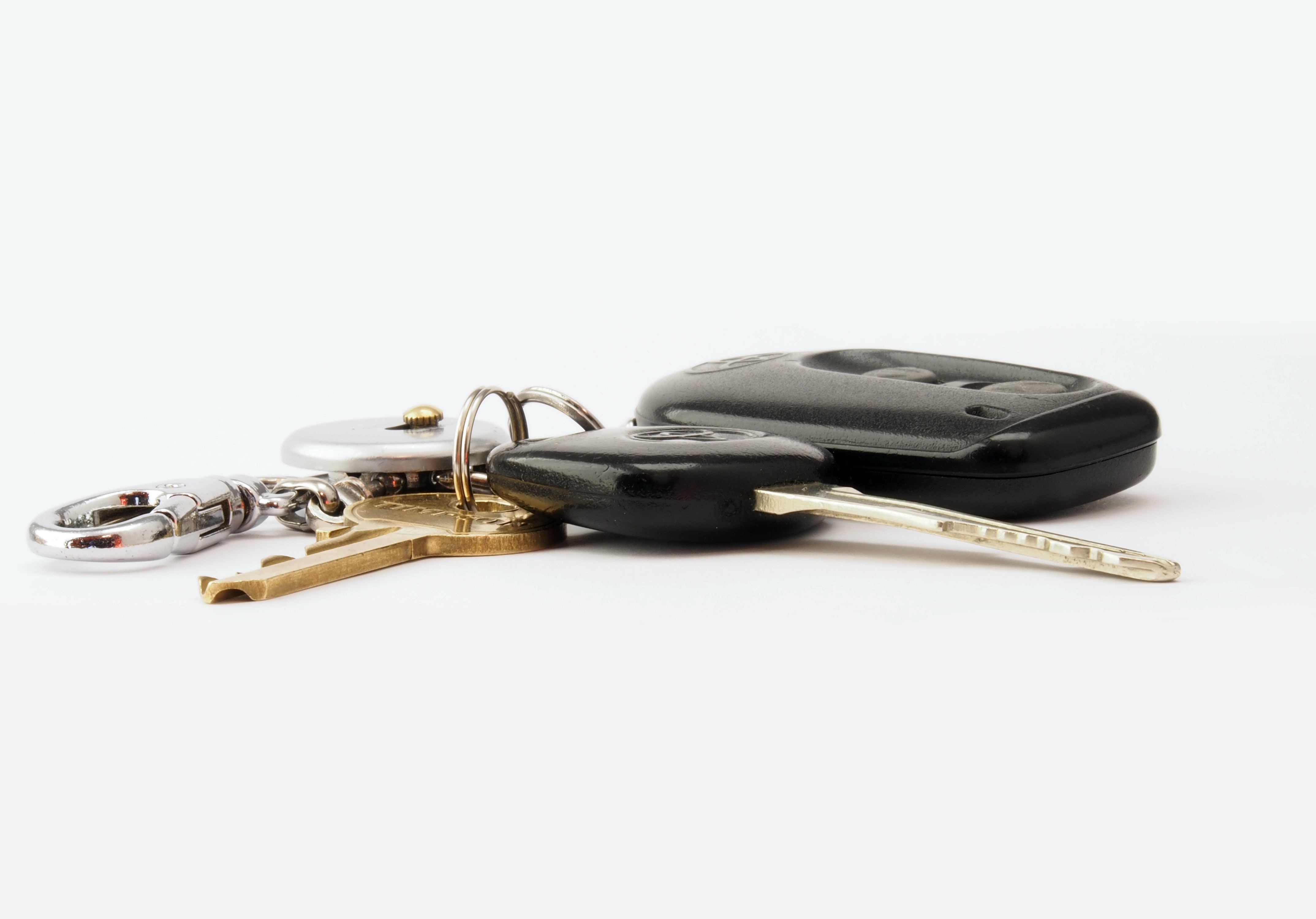
Ever had that heart-sinking moment when you can’t find your wallet, phone, or any other essential item? It’s like an episode of “Where’s Waldo?” but with higher stakes. When you have too much stuff crammed into your space, it becomes a breeding ground for misplaced belongings. The more items you accumulate, the easier it is for things to get lost in the chaos.
Think about it: when your drawers are overflowing with clothes or your shelves are stacked with books, it’s no wonder you struggle to keep track of everything. The sheer volume of possessions makes it difficult to stay organized and maintain a mental inventory of your belongings. By reducing the number of items you own, you’ll regain control and minimize the chances of losing important things.
The Great Treasure Hunt
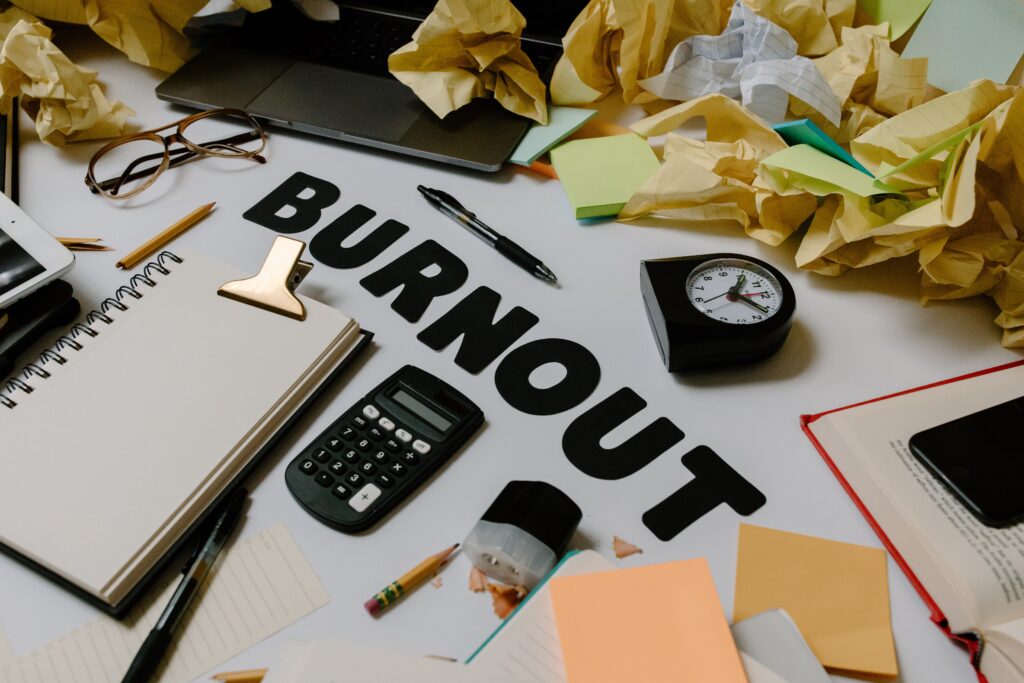
Picture this: you’re running late for an appointment, and you desperately need that one document buried somewhere in the endless sea of papers on your desk. The clock is ticking, and frustration grows as you frantically shuffle through stacks of paperwork. Sound familiar? Well, it’s time to end this never-ending treasure hunt.
Having too much stuff means spending unnecessary time and energy searching for things that should be easily accessible. Imagine how much more productive and stress-free life would be if you could locate what you need with ease. By decluttering and organizing your space, you’ll save yourself from the mental and physical exhaustion of constant searching.
5th Sign: No Place to Relax or Work
“If you want to improve your life, stop buying too much stuff. And you will be thankful for your decision later.”
— The Minimalist Boomer
Multipurpose Spaces: The Double-Edged Sword

Now that we’ve explored the previous four signs of having too much stuff and not enough space, let’s dive into the fifth and final sign: having no place to relax or work. Finding a peaceful spot to unwind or be productive is essential for our well-being. When our living spaces become cluttered and overloaded, it can be challenging to carve out a dedicated area for relaxation or work.
No Place to Relax
Picture this: after a long day, all you want to do is sink into a cozy chair and let the stresses of the world melt away. But, your living room is filled with miscellaneous items, leaving little to no room for a comfortable seating area. This is a clear indication that you have too much stuff and not enough space.
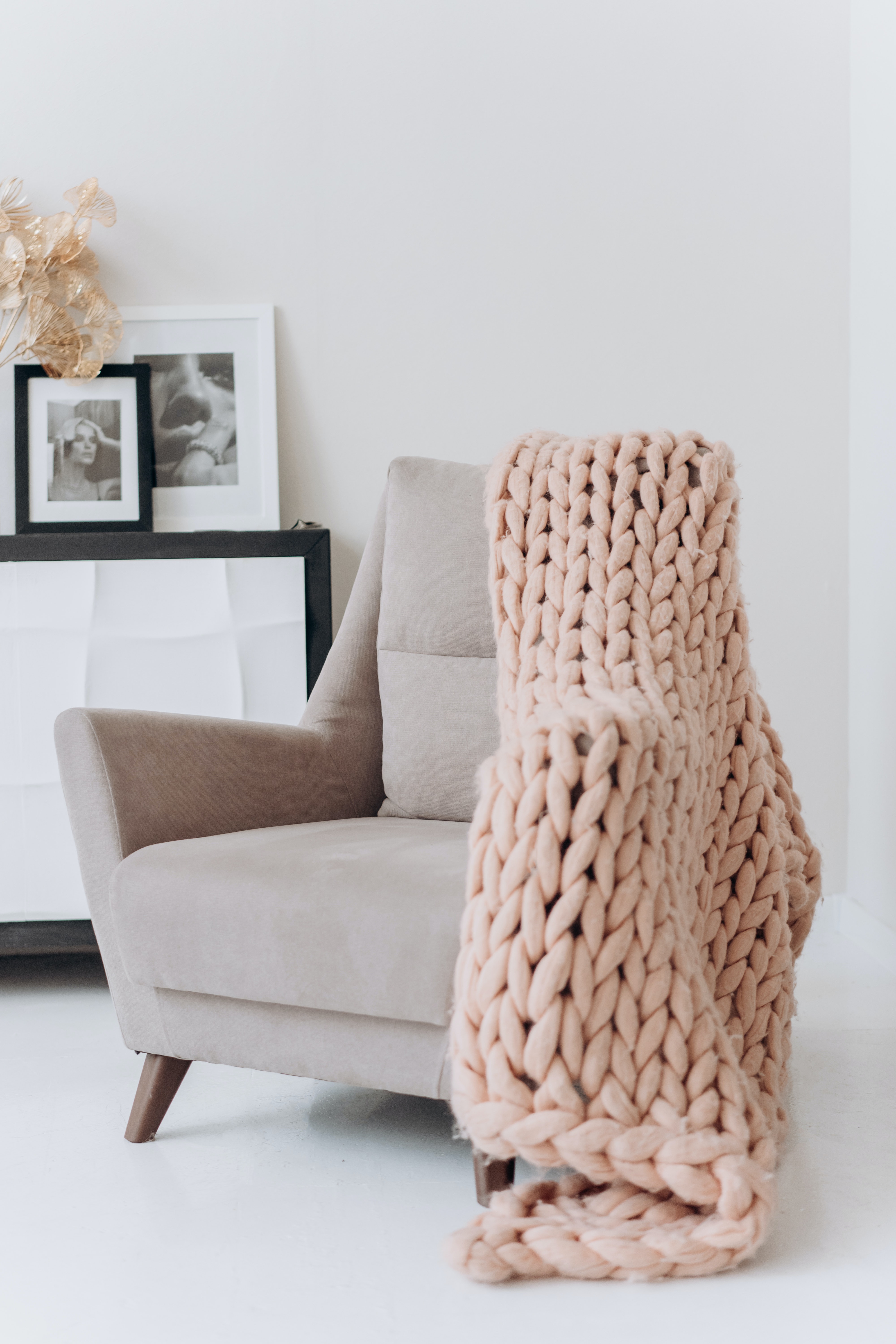
Without a designated relaxation space, you may find yourself constantly on edge, unable to fully unwind and recharge. It’s like being trapped in a never-ending whirlwind of chaotic energy. We all deserve a tranquil refuge within our homes, a sanctuary that allows us to escape from the outside world. So, let’s begin to create that sense of calmness.
- Tip #1: Start by removing any unnecessary furniture or items that serve no purpose in your relaxation area. Less is more!
- Tip #2: Invest in multi-functional furniture pieces, like ottomans with hidden storage compartments, to maximize space utilization.
- Tip #3: Incorporate soothing elements such as soft lighting, cozy blankets, and calming scents to enhance relaxation.
Nowhere to Work
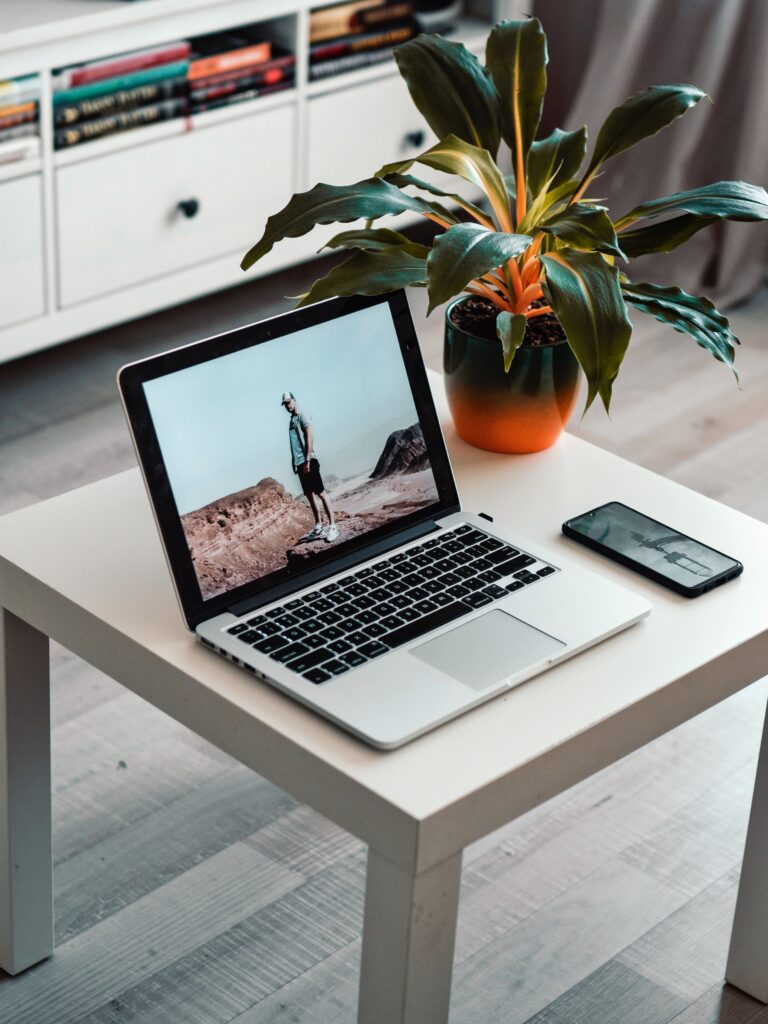
With the rise of remote work and freelancing, having a dedicated workspace at home has become more important than ever. When your living space is overrun with clutter, finding a suitable area to focus and be productive can feel like searching for a needle in a haystack.
Working amidst chaos can be incredibly distracting and detrimental to your productivity. It’s like trying to swim against a current of disorganization, constantly struggling to stay afloat.
- Tip #1: Identify a specific corner or nook where you can set up your workstation. It could be a spare room, a quiet corner in the living room, or even a converted closet space.
- Tip #2: Invest in practical storage solutions to keep your work materials organized and easily accessible. Shelving units, desk organizers, and filing cabinets can work wonders.
- Tip #3: Create a visually appealing and inspiring workspace by adding personal touches, plants, and motivating quotes. Make it a space you enjoy spending time in.
By designating separate areas for relaxation and work, you can reclaim your living space and restore balance to your home. Remember, it’s not just about physical decluttering; it’s also about creating an environment that supports your mental well-being.
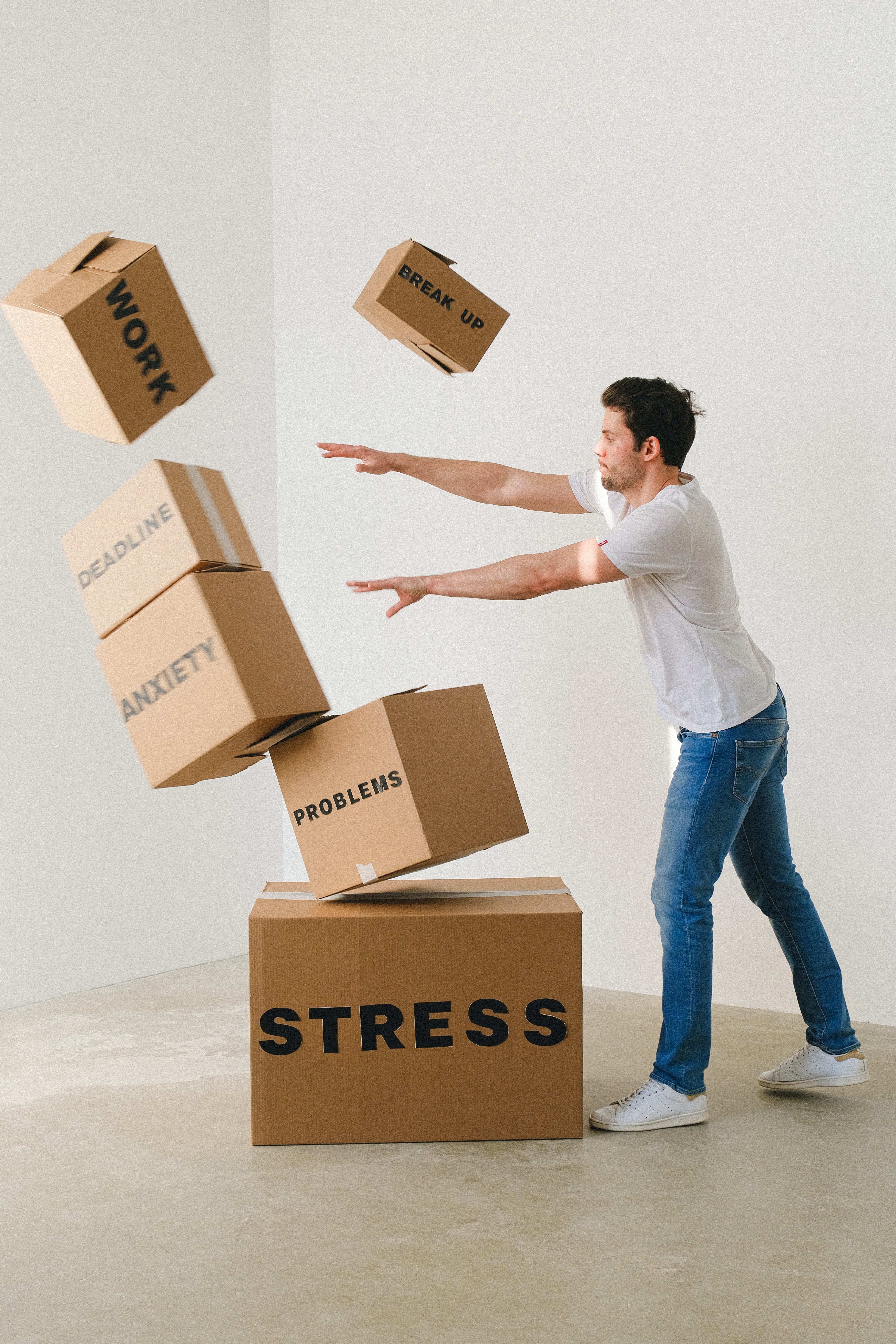
Now that you’re aware of the signs that indicate an imbalance between your stuff and space, it’s crucial to take action. Ignoring the problem will only lead to more stress and frustration down the line. So, be proactive and make a plan to tackle the clutter. Start small, set achievable goals, and remember that every step counts. With determination and consistency, you’ll regain control over your living space and create a a more organized and peaceful environment.

